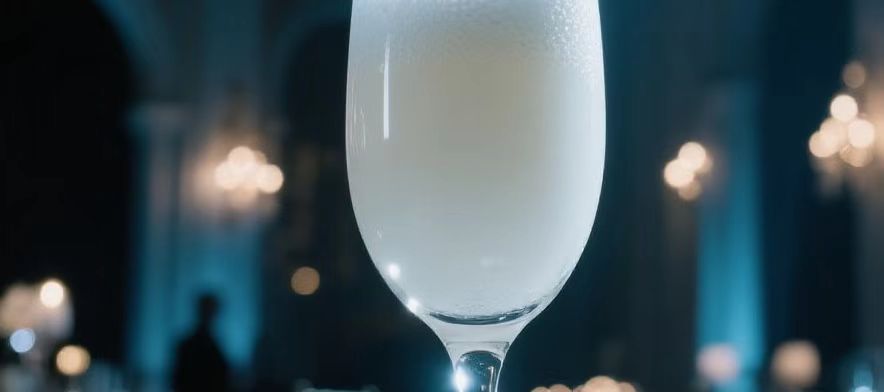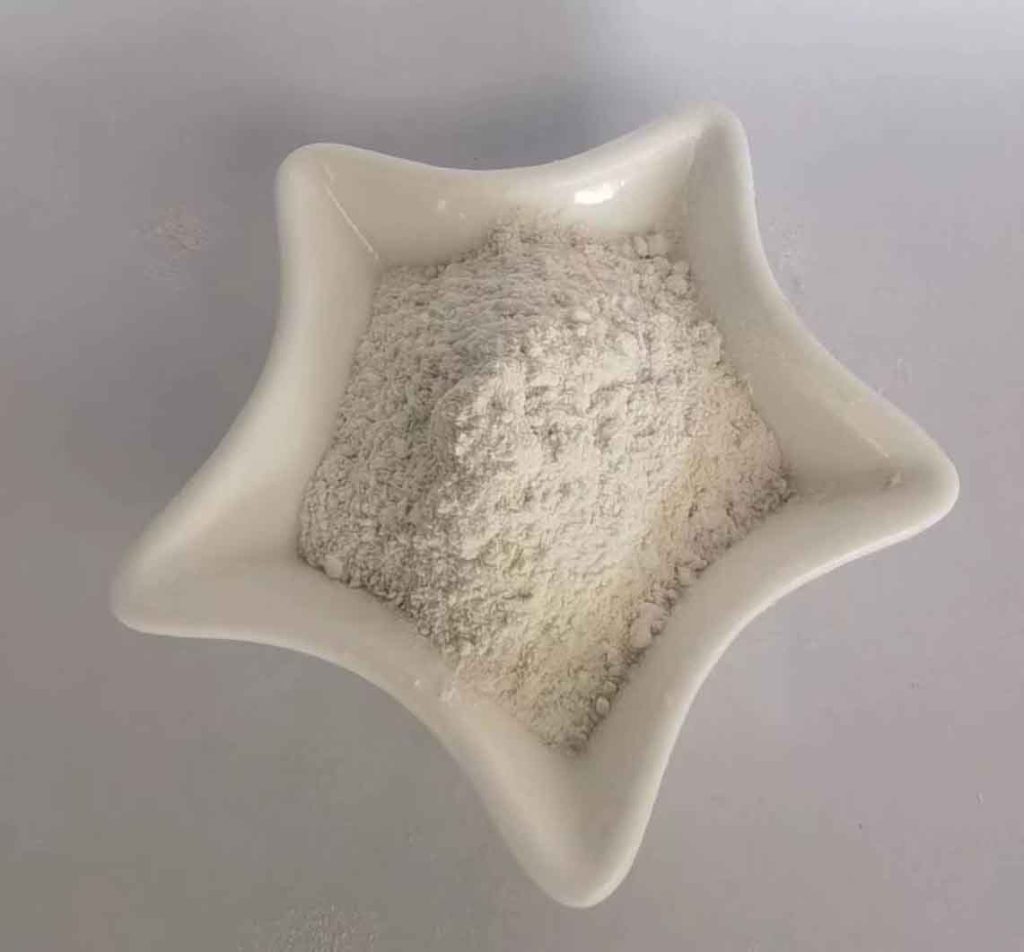Matting Agent | Flattening Agent
Matting agent powder is also called paint flattening agent. As an additive the application fields are extremely extensive. The main raw material is silicon , which has a content of 99%. The most prominent performance advantage of matte powder is its good dispersibility and transparency, as well as its scratch resistance during construction. At the same time, its hand feel is extremely delicate and its filtering ability is also very good. Our small matte powder has undergone special surface treatment and is also a good adsorbent.
Matting powder has a wide range of applications:
- Silicon dioxide matting agent for ink.
- Matting powder is used for coil coatings.
- Silicon dioxide extinction for leather surface treatment.
- Matting agent used for water-based coatings.
- Matting agent used for wooden coatings.
- Matting powder is used in plastic coatings.
- Matting additive is used in textile coatings.
- Matting powder is used in UV curing coatings.
- Matting powder is used in glove coatings.
At the same time, our flattening agent powder can replace many well-known foreign models of products to achieve extremely similar and similar performance.
Our flattening agent powder has undergone organic treatment and special surface treatment, which gives it excellent dispersion performance and extremely high correlation ability, demonstrating excellent transparency and dust resistance.
What is Matting Effect?
These agents function by changing how light interacts with the surface they are applied on. Instead of reflecting light evenly, they scatter and diffuse it. Usually, these are small particles or powders that get mixed into coating formulas, such as Zhejiang Camp-Shinning’s MT-6601.
You can add matting agents to different types of coatings. There are various types of Flattening Agent available for different types of paints and coatings such as acrylic paint, clear coat, epoxy resin, oil-based paint, polyurethane, and more. Organoclays can work well with a variety of resin types, making them suitable for use in different industries.
How to Achieve a Matted Paint Surface?
There are several methods to create a matte paint finish. A tried-and-true method for achieving this is by utilizing Zhejiang Camp-Shinning’s MT-6601 or MT-6602 as a matting agent. It has many advantages besides reducing gloss. By improving film hardness, scratch resistance, and abrasion resistance, the coated surface becomes more durable overall. It can also help to modify the texture of the coating and make it easier to suspend pigments and fillers. The use of Zhejiang Camp-Shinning’s MT-6601 or MT-6602 in the production of paints or resins allows manufacturers to achieve a matte finish for many different products.
We have a product called MT-6601 at Zhejiang Camp-Shinning that can be used as a Flattening Agent in paints, coatings, and inks. It’s easy to disperse and can be used for general applications. MT-6601 is the grade that has been treated with wax. We also have the MT-6602 available. This grade is better suited for general applications in paints and coatings compared to MT6601. MT6602 has a stronger ability to blend colors together, but it is not as clear as MT6601.
Main Types of Matting Agents
Waxes as Matting Agent
When paint contains waxes as a matting agent, it can impact how shiny or matte the paint looks once it dries. Wax added to paint helps surfaces to not stick together and makes them more resistant to wear and tear. It affects how the paint film’s surface tension behaves.
Fillers as Matting Agents
Another option for achieving a matte finish is by adding fillers as a matting agent. It’s important to note that this technique is usually only used for less expensive, pigmented paints. Pigments mixed with fillers have a particular particle size distribution. During the final stages of production, it’s common to mix silica into the paint to modify its level of glossiness.
Silica Matting Agent
This is a commonly available matting agent. We provide a matting agent called MT-6601 at Zhejiang Camp-Shinning. It’s not difficult to scatter. This is a matting agent made of amorphous silica that can be used for various applications. Zhejiang Camp-Shinning’s MT-6601 is suitable for use in paints, coatings, and inks. It has been treated with wax to improve its performance.
How to Disperse a Matting Agent?
A popular way to include matting agents such as Zhejiang Camp-Shinning’s MT-6601 and MT-6602 in paint production is by adding them during the manufacturing process. Flattening Agent usually come in a fluffy form and need to be mixed into a low viscosity binder solution using a stirrer or dissolver.
Matting agents are usually created to disperse smoothly in paint formulations. Using a pearl mill to disperse the matting agents can help to make the particle size even smaller. When the particles in the paint are smaller, it can make the paint look shinier. This might mean that you need to use more matting additive to get the matte look you want.
Parameters Influencing the Matt Effect
Camp-Shinning in Zhejiang conducted tests on various types of matting agents. We evaluate different products that have varying chemical compositions, production methods, and concentrations. We noticed variations in how these products spread when mixed.
Matting Agent Concentration
If you use more matting agents, the coating will look even more matte. Adding more MT-6601 or MT-6602 to your paint formula can enhance the matte appearance of the coating.
Matting Agent Properties
The size of particles can also have an impact on your formulation. Matting additive that have smaller particle sizes and irregular shapes are more effective in reducing gloss because they scatter and diffuse light better. When the particles are bigger, the matting effect will be stronger, but the surface won’t be as smooth. If you’re not sure about the formulation, do not hesitate to reach out to Zhejiang Camp-Shinning..
Matting Agents and Transparency
Paints often contain matting agents that have a refractive index similar to the resin systems used in the paints. The fact that the refractive index is similar helps to keep the coatings transparent. When you apply a coating to materials such as wood, foils, or leather, choose a matting agent and resin combination that have similar refractive indexes, like MT-6601 or MT-6602. It will maintains the clarity of the coating system.
Matting and Flatting Agents and Anti-Corrosion Pigments for Coatings, Paints and Inks
Matting agents are added to coatings or paints to reduce their shine and give them a matte or satin finish. These materials work by scattering and spreading light, which prevents it from reflecting uniformly off the coated surface. This gives the surface a smooth and subtle appearance. Matting additive come in various types, including organic and inorganic options. These substances can take on various forms, like powders or dispersions. To achieve the desired level of matte effect, coating formulations utilize different concentrations of matting agents.
Flatting agents are a kind of matting agent that assists in producing a surface that is smooth and not reflective. Typically, people use them for industrial coatings or in situations where a minimal amount of shine is desired. Real estate agents who specialize in painting are skilled at making surfaces less shiny and can effectively handle various kinds of finishes.
Anti-corrosive matting agents are added to metal surfaces to protect them from corrosion. These work by forming a barrier between the metal and the surrounding environment.
MT-6601 and MT-6602 are both Flattening Agents that offer great surface qualities and impressive slip effects, even when used in coatings with pigments. This paint is excellent for clear coatings, color coatings, and furniture coatings because it suspends exceptionally well. It’s best to mix it with the resin while applying it. It’s important to buy a reliable matting agents from well-known companies like Zhejiang Camp-Shinning.
Matting additive Concentration and its Effect on the Color and the Rheology of Matted Coatings
Zhejiang Camp-Shinning’s silica matting additive, including MT-6601 and MT-6602, are popular in many industries because they can produce a matte finish and create surface roughness. The refractive index of this substance is comparable to that of various binders, allowing for the production of clear matte coatings.
We applied blue, green, and white alkyd lacquers and varied the quantity of silica matting additive MT-6601. We measured the viscosity of the paints by using a viscometer for analysis. After that, we put the coatings on glass plates and allowed them to dry. We used a device called a spectrocolorimeter to measure the color of the paint films. After that, we looked at the color variations in samples that were not matted.
If you use matting agents from Zhejiang Camp-Shinning in your coatings, it may alter the color and texture. Exercise caution and anticipate how these modifications will impact your end result.
Find Suitable Matting Agent Grade
Zhejiang Camp-Shinning offers two reliable Flattening Agent as an acrylic matting agent, matting agent for clear coat, matting agent for oil based paint, matting agent for epoxy resin, matting agent for polyurethane, matting agent for water based coating and so much more. Here are more information about MT-6601 and MT-6602:
MT-6601
This easy to disperse matting additive is tested under 105 ℃ for 2 hours. The result of loss on drying is more than or equal to 5%. It was also tested at 1000℃ for two hours and its loss on ignition is 8 to 13%. MT-6601 sulfate content is 1%. It has an average particle size of 4-6 μm. It has an oil absorption rate of 280 to 320 grams per 100 grams of MT-6601. It has a refractive index of 1.45, with bulk density of 0.05g/ml. At Zhejiang Camp-Shinning, we pack MT-6601 at a 5 kilogram bag or 10 kilogram bag.
MT-6602
Also a Flattening Agent from Zhejiang Camp-Shinning, this is an improved grade based on MT6601 for general applications in paints and coatings. MT6602 has better matting power but is less transparent compared with MT6601.
This is also tested under 105 ℃ for 2 hours with result of loss on drying is more than or equal to 3 to 5%. It was also tested at 1000℃ for two hours, but unlike MT-6601, its loss on ignition is 12%. It only has 1% sulfate content. It has smaller particle size of 2-3 μm compared to MT-6601. Similar to MT-6601, it has a refractive index of 1.45, with bulk density of 0.05g/ml. We also pack MT-6602 at a 5 kilogram bag or 10 kilogram bag, similar with MT-6601.


